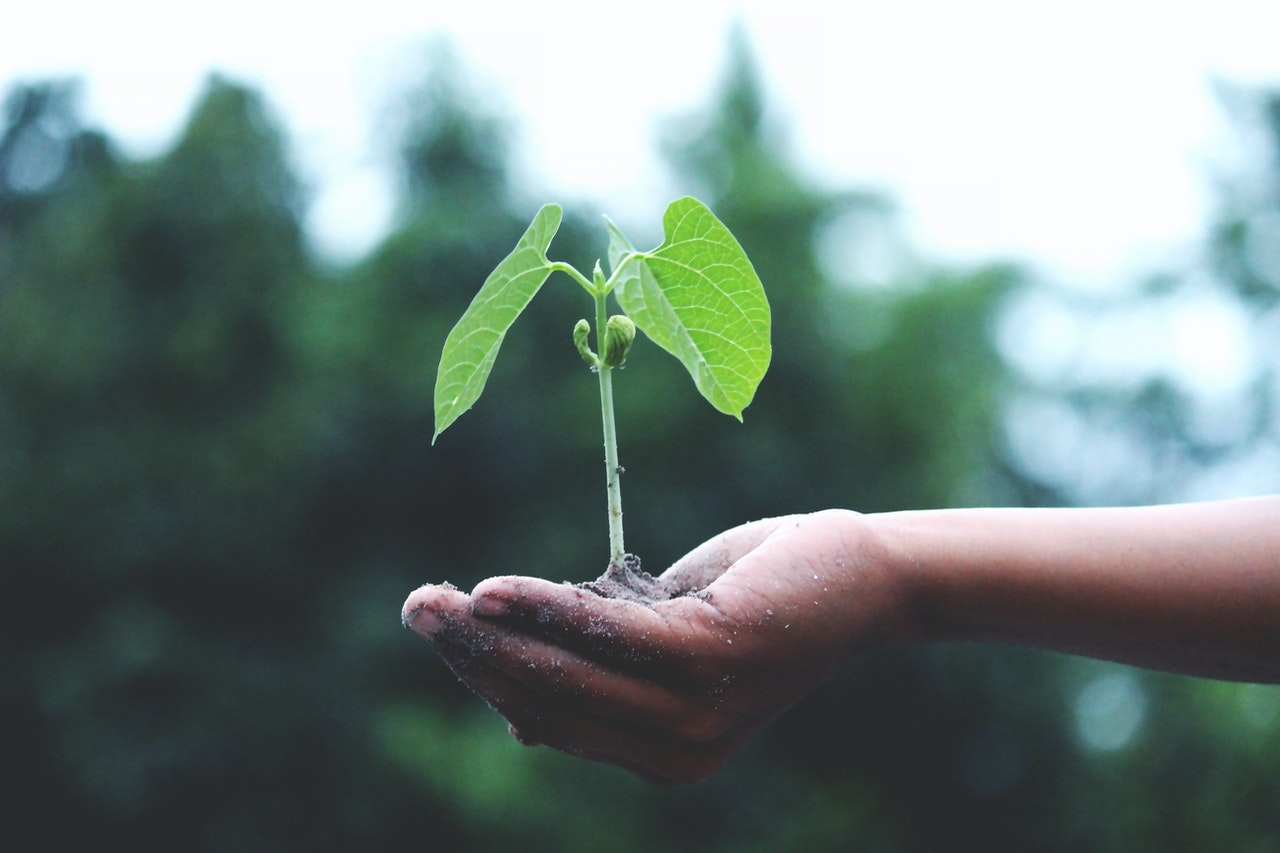In Australia and many other countries, green energy production is causing problems such as the destruction of wilderness areas and toxic runoff into essential water sources.
Creating this renewable energy seems to have the opposite effect of the green energy movement’s stated goal of reducing harm to the environment, local media added.
While climate alarmists are pushing for the use of wind turbines, solar panels and large-scale batteries to reduce dependence on fossil fuels, they seem to be ignoring the fact that it is the various minerals such as copper, cobalt, lithium and nickel that are needed to create these solutions depend on the mining industry and create their environmental problems.
Meanwhile, King Island, an area known in Australia for its natural beauty and high-quality cheese, kelp, oysters, and beef, is about to become home to one of the world’s largest tungsten mines.
An open-pit mine outside Darwin that produces lithium for electric vehicle batteries is already impacting local waterways. Neighbors complain about the milky color and murky waters that were once clear and are very concerned about how far the damage will go.
According to Australia’s ABC News, green energy production and each electric car produced needs around 200 kilograms of minerals such as lithium, cobalt, nickel, and copper, six times more than a gas-powered vehicle needs.
Meanwhile, a wind turbine needs four times as many minerals as a coal-fired power plant to produce the same amount of electricity.
The most conservative projections from the International Energy Agency show that demand for lithium will grow 13 times in the years leading up to 2040, with demand for cobalt growing at least six times, rare earths tripling, and copper doubling, illustrating how much damage can be inflicted on our planet.

